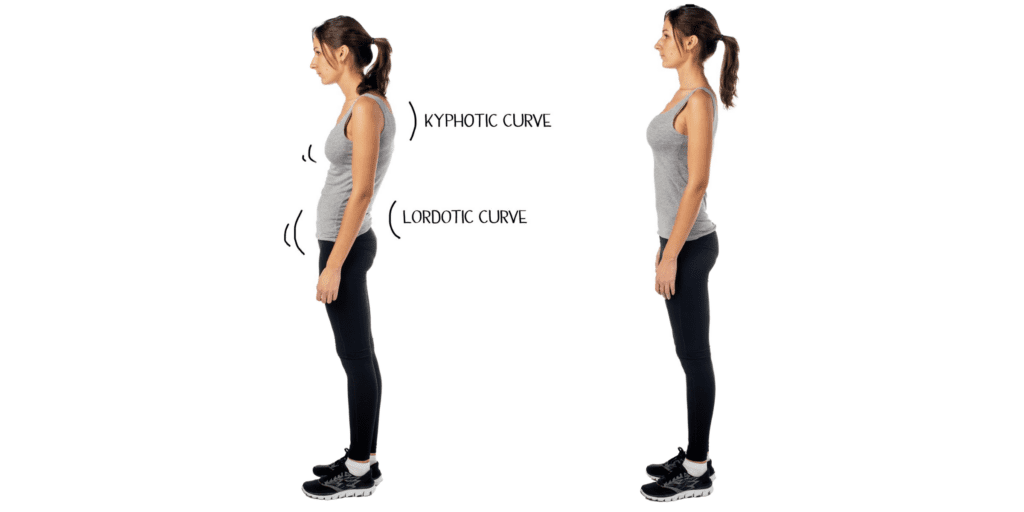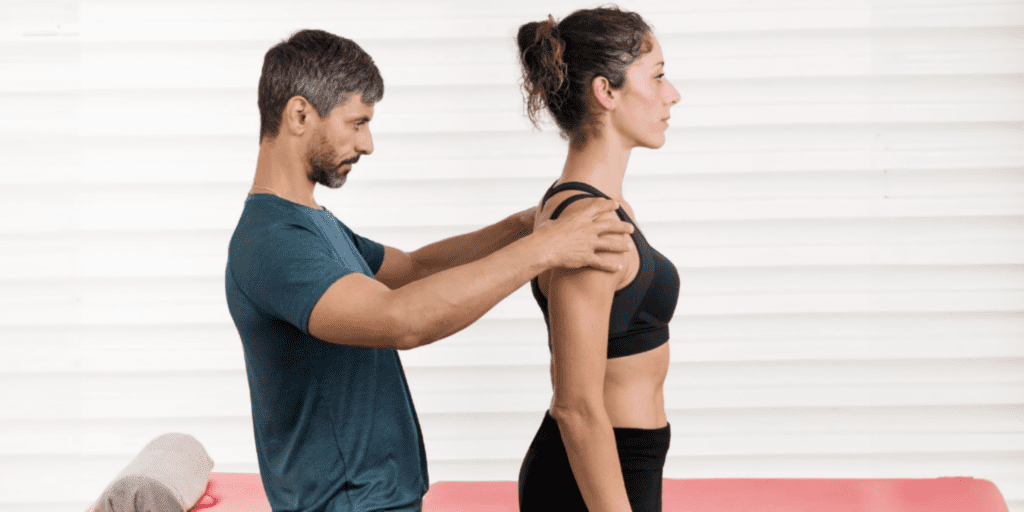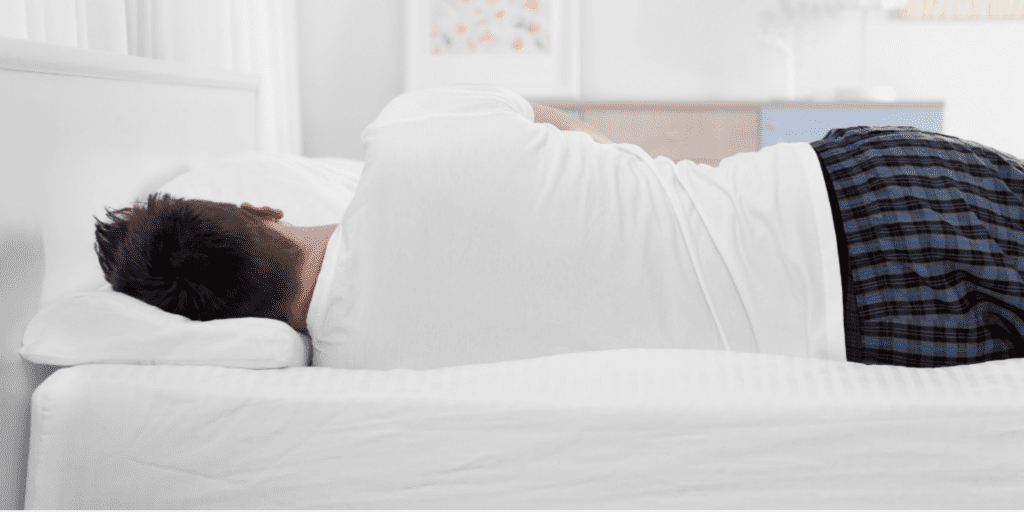How to Maximize Chiropractic Effectiveness Part II: Posture
Chiropractor for posture. It can feel impossible to actively improve something as automatic and subconscious as the way you walk or sit. And for the most part, that’s true. Our brains aren’t wired to think about every step or make micro-adjustments to our sitting position throughout an eight-hour day at a desk. Seeing a chiropractor for posture-improving adjustments is a far more productive route, but it’s not the only one.
Creating daily micro-habits is the key to standing tall, sitting up straight, and striding confidently – without actively thinking about doing so. Quick and easy stretches and exercises that have lasting effects throughout your day. Let’s run through some of the most effective posture recommendations chiropractors give to their patients after an adjustment.
The Link Between Posture and Spinal Health
First and foremost, it’s important to think of posture as a visible, external indicator of spinal health and alignment. How you carry yourself, whether in motion or at rest, significantly influences your vertebral column.
The human spine is designed to provide support, flexibility, and protection to the central nervous system. When you maintain a neutral or ideal posture, the spine rests in its natural S-shape. This evenly distributes stress and minimizes wear and tear. Essentially, you’re aiming for a shallow inward curve in the neck region and lower back, with a shallow outward curve along the middle back. This configuration acts as a shock absorber during movement, maintaining balance and protecting the spinal cord.

Bad posture makes for a bad shock absorber. Slouching, for instance, places a lot of stress on the ligaments and muscles that maintain the spine's shape. Over time, this can lead to an exaggerated thoracic curve, referred to as a "hunched back" or "kyphosis." Similarly, an anterior pelvic tilt from poor standing or sitting habits can exaggerate the curve in the lower back, leading to a “butt out” appearance, clinically known as "hyper-lordosis."
Poor posture and misalignments can reduce the space between vertebrae, increasing the risk of disc herniation. Recognizing and rectifying poor posture habits can be a proactive step toward safeguarding our spine's integrity and ensuring a lifetime of mobility and health.
Posture Exercises and Recommendations from Maple Grove’s Top-Rated Chiropractor
In the best-selling book, “Atomic Habits,” James Clear makes the case for small, consistent, daily actions that lead to significant change. One thing he recommends is “habit stacking,” where you develop a new habit by associating it with an existing one. For instance, every time you get from your desk to get a drink, do a quick stretch or a posture check. This stacks a new habit – posture mindfulness – onto an already established one, making it easier to remember and implement.
Another trick is environmental cues. By placing visual reminders around you, such as a mirror sticker in the bathroom or a note on your computer monitor, you can create an environment that consistently nudges you toward better posture habits.
But forming habits and creating environmental cues are only half of the equation. Here are the specific actions you should take to enhance the effectiveness of chiropractic adjustments and sustainably improve your posture.

Tips for Better Posture When Standing
When standing, occasionally stop and take stock of whether or not you’re distributing your weight evenly across both legs. Giving preference to one leg puts undue strain on the lower back and creates a feedback loop where one side keeps getting stronger, and the other keeps getting weaker – often leading to problems with hip alignment.
Try this: any time you pull out your phone while waiting in line, plant your feet, gently squeeze your abs, and raise your phone to chest height, holding it with both hands. Then, after you put your phone back in your pocket, stand up straight and imagine trying to pinch a pencil between your shoulder blades for five seconds. These small habits will help you unconsciously stand with better posture.
Recommendations for Better Posture When Sitting
Make a few minor environmental adjustments the next time you’re sitting at your desk or dinner table. Move your chair or table so that your elbows form a 90-degree angle when working, writing, eating, etc. If you can’t adjust the height of your chair or table, consider buying a pillow or seat booster.
Similarly, your chair should help support your lower back. For chairs that don’t, try out different cushions or even a rolled-up sweater to give your lumbar region a break. Then, set up some reminders on your computer, phone, or smartwatch to check in with your sitting posture. Are you sitting up straight, eyes looking straight ahead with elbows at 90 degrees? Eventually, you won’t even need posture alarms!
Advice for Better Posture When Walking
Don’t underestimate the impact that footwear has on posture. Shoes, especially high heels or those lacking proper arch support, can throw your spinal alignment out of whack. Choose comfortable shoes that support every part of your feet, from heel to toe.
Whenever you’re walking to the bathroom, car, or other common destination, picture yourself trying to balance a book on your head, maintaining a straightforward gaze with your chin parallel to the ground.

Guidance for Better Posture When Sleeping
Little details can make all the difference for your posture when it comes to sleeping. The ideal pillow should snugly fill the gap between your neck and shoulder. If you’re a side sleeper, that might mean you need a thicker pillow, whereas back sleepers might be better off with something slimmer.
Regarding mattress recommendations for improving posture, choosing one right answer is more challenging. Some people swear by a memory foam mattress, while others believe that firmer surfaces are better for their back. There’s no one-size-fits-all answer, and it’s usually better to go with the one that feels most comfortable for you. If you’re a side sleeper, slip a pillow between your knees for a few nights and see how it feels. It should improve hip alignment and reduce strain on your lower back.
Posture-Focused Chiropractic Care in Maple Grove
Good posture isn't just about looking strong and confident – it's about developing habits that lead to lifelong spinal health. Chiropractic care from Dr. Tieri and the Total Spine Health & Injury Center team offer adjustments and therapy to do most of the heavy lifting, with personalized adjustments, exercise, and stretching plans to get you the rest of the way there.
Visit our clinic on Bass Lake Road, or schedule a consultation today through our website to start work on sustainable, habitual posture improvements!
